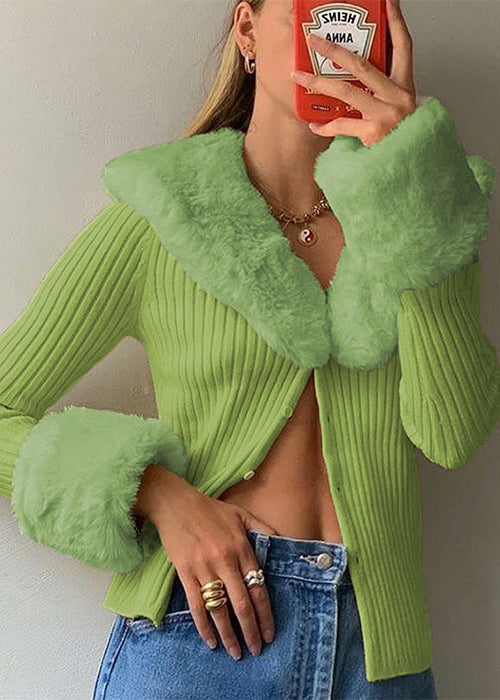
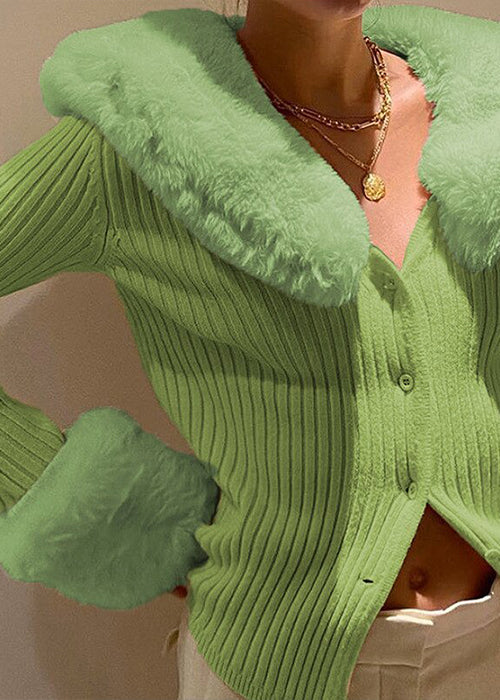
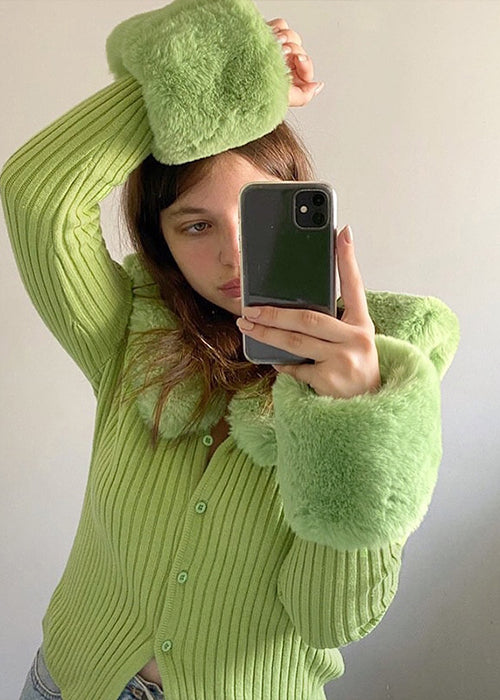
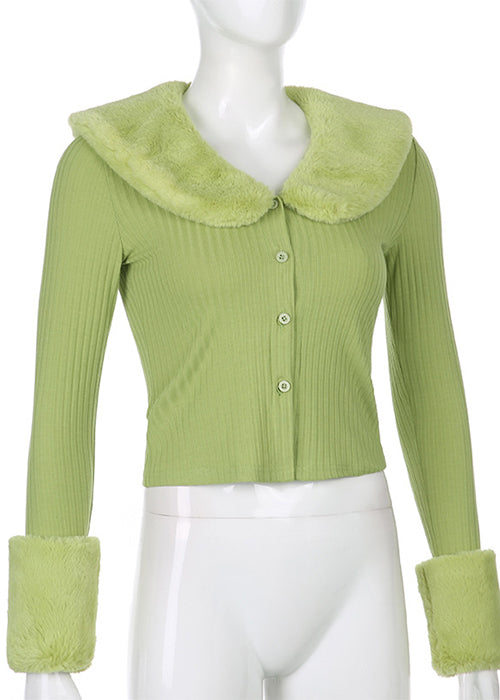

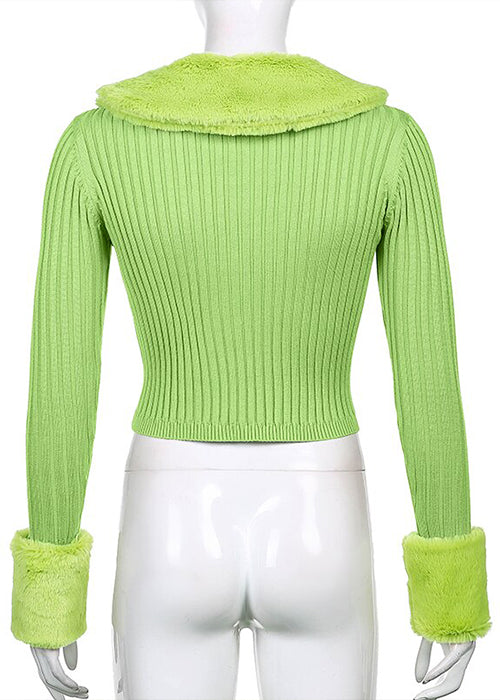
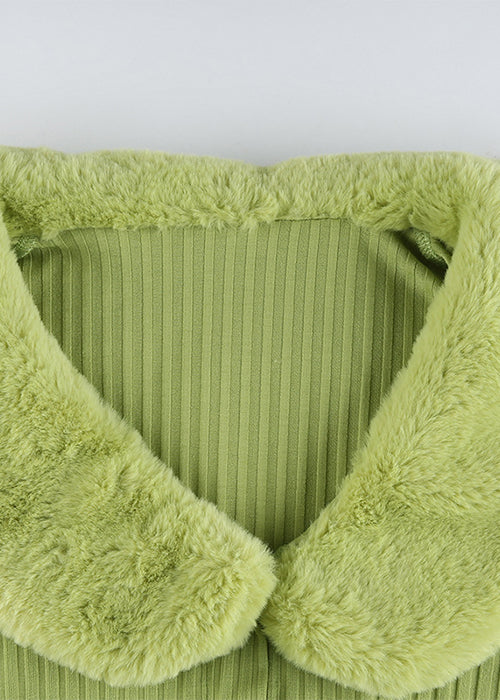
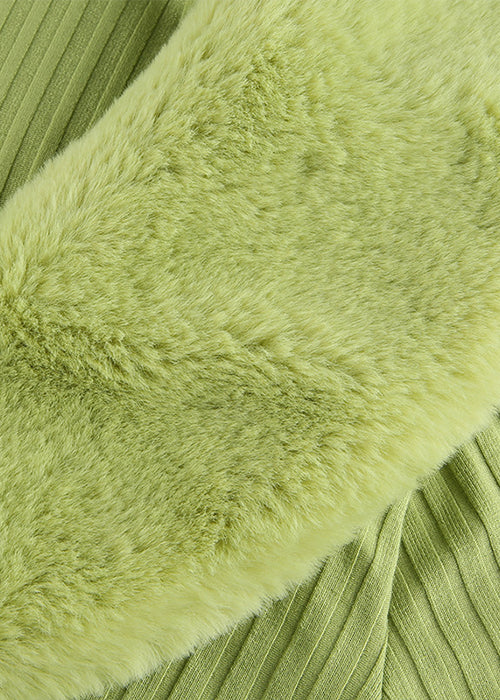
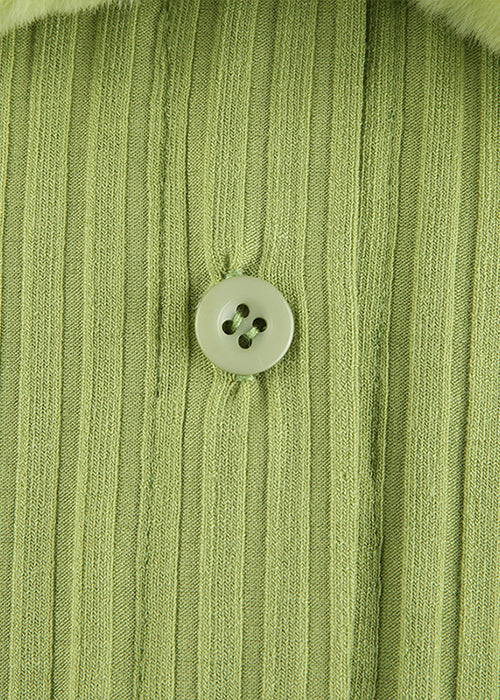

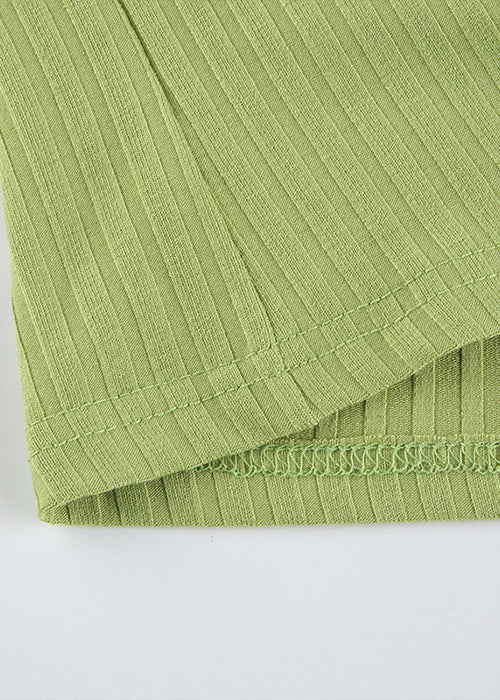
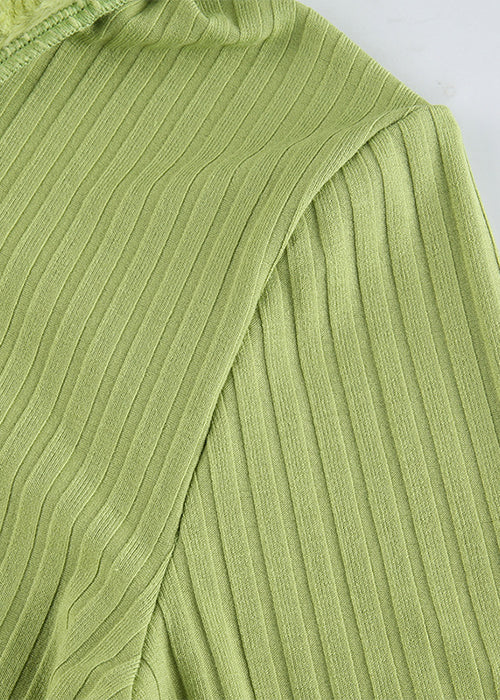
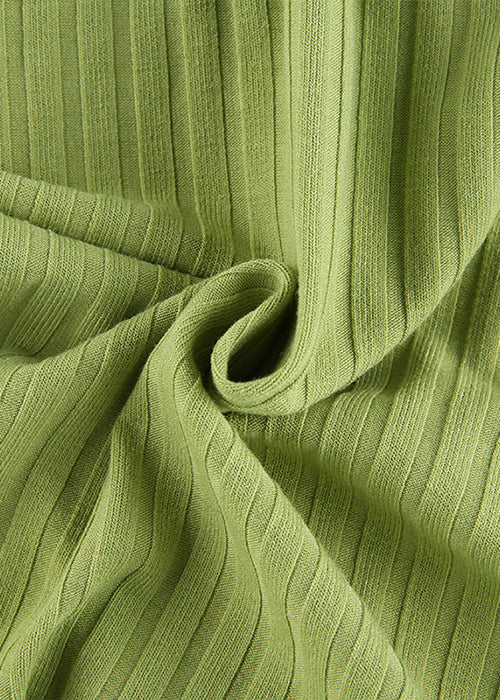
Aesthetic Green Sweater
Edition
Size



shipping
Return
payment
Imagine a garment that whispers of misty forests, emerald meadows, and the quiet sophistication of a timeless wardrobe. The aesthetic green sweater isn’t just clothing—it’s a mood, a statement, and a bridge between nature and nurture. In a world where fast fashion flickers like a candle in the wind, this piece stands firm, blending versatility with visual poetry. Let’s unravel why this humble knitwear has become a cornerstone of modern style.
Whether draped over shoulders on a crisp autumn day or layered under a trench coat for urban adventures, the green sweater adapts like a chameleon. Its charm lies not just in its hue but in its ability to transcend trends. But how did this piece evolve from practical workwear to a runway darling? Let’s dive in.
The history and evolution of Green Sweaters
Once upon a time, sweaters were purely functional—think fishermen braving icy seas or farmers tending to frost-kissed fields. The color green, however, added a dash of rebellion. While navy and gray dominated early 20th-century wardrobes, green crept in as a symbol of individuality. By the 1950s, it became a favorite among intellectuals and artists, its earthy tones mirroring their connection to bohemian ideals.
Fast-forward to the 1990s, and green sweaters exploded into pop culture. Remember Kurt Cobain’s grunge-era cardigans? Or Steve Jobs’ iconic turtleneck? These moments weren’t mere coincidences. They marked green’s shift from background player to protagonist. Today, designers play with shades like sage, moss, and pistachio, proving that green’s versatility is no small feat.
From Utility to Fashion Statement
Initially crafted for warmth, sweaters gained aesthetic clout as dyeing techniques advanced. Green, historically linked to nature and renewal, became a metaphor for growth—both personal and sartorial. By the 1970s, brands like Ralph Lauren wove green knitwear into their Americana narratives, pairing it with tweed blazers for a look that screamed “refined ruggedness.”
The 90s Revival and Modern Interpretations
The 90s didn’t just revive green sweaters—it redefined them. Oversized silhouettes, cropped designs, and avant-garde patterns turned this staple into a canvas for self-expression. Now, labels like Ganni and Staud blend retro vibes with sustainable practices, ensuring the green sweater isn’t just stylish but also kind to the planet.
Styling the Aesthetic Green Sweater
Ah, the magic of pairing! A green sweater is like a blank slate—it can morph from cozy-casual to office-chic with a few tweaks. The secret? Play with textures, layers, and contrasts. For instance, a forest-green turtleneck paired with leather pants strikes a balance between softness and edge, while a mint crewneck over a floral dress whispers springtime romance.
Seasonal Pairings: Autumn Warmth vs. Spring Freshness
In autumn, think earthy harmonies: mustard scarves, burnt-orange skirts, or tan ankle boots. Come spring, lighten the palette with pastel trousers or denim jackets. A sage-green cardigan over a white linen dress? Pure magic. These Y2K Tops are sweaters whose hue acts like a seasonal compass, guiding your wardrobe through the cycles of nature.
Dressing Up or Down: Occasion-Based Outfits
For brunch dates, roll up the sleeves of an emerald V-neck and pair it with high-waisted jeans and loafers. Evening events demand drama—try a sequined skirt and heeled boots. The green sweater, ever the diplomat, bridges casual and formal without breaking a sweat.
Sustainability in knitwear: choosing eco-friendly green sweaters
Fashion’s footprint is heavier than ever, but the green sweater offers a path to redemption. Opting for sustainable materials isn’t just trendy—it’s imperative. Organic cotton, recycled wool, and hemp reduce water use and carbon emissions, making your style choices as clean as your conscience.
Materials Matter: Organic Cotton, Recycled Wool, and Beyond
Conventional cotton guzzles water, but organic alternatives sip responsibly. Recycled wool breathes new life into discarded garments, while Tencel—a wood-based fiber—adds silky smoothness. These materials prove that eco-friendly doesn’t mean sacrificing luxury.
Ethical Brands Leading the Green Revolution
Brands like Patagonia and Reformation are rewriting the rules. Patagonia’s Fair Trade Certified sweaters ensure fair wages, while Reformation’s carbon-neutral production pairs ethics with aesthetics. Supporting these labels means wearing your values—literally.
The cultural impact of green in fashion
Green isn’t just a color—it’s a narrative. From Shakespeare’s “green-eyed monster” to the Emerald City in *The Wizard of Oz*, this shade symbolizes envy, hope, and transformation. In fashion, it’s no different. A green sweater can signal eco-consciousness, creativity, or a quiet rebellion against beige minimalism.
Symbolism of Green: Nature, Growth, and Renewal
Psychologists link green to calmness and balance—a sartorial antidote to modern chaos. Wearing green knitwear isn’t just about looking good; it’s about channeling nature’s resilience. In a way, it’s armor against the mundane.
Celebrity Influence and Pop Culture Moments
From Taylor Swift’s cottagecore cardigans to Timothée Chalamet’s gender-fluid knits, celebrities have turned green sweaters into cultural totems. Even *The Crown*’s Princess Diana sported cozy green pullovers, blending royalty with relatability. These moments cement the sweater’s status as a cross-generational icon.
And, the final thoughts...
The aesthetic green sweater is more than fabric and thread—it’s a story woven through history, culture, and personal style. Whether you’re bundling up for a mountain hike or striding into a boardroom, this piece adapts, inspires, and endures. In a world craving authenticity, it’s a reminder that fashion can be both beautiful and meaningful.
